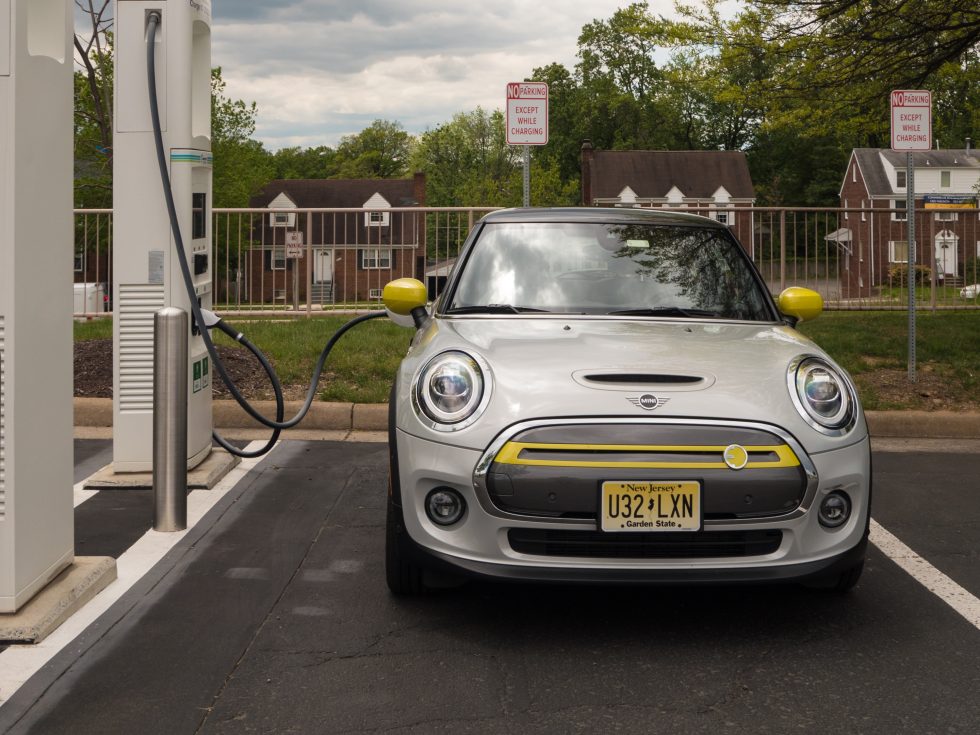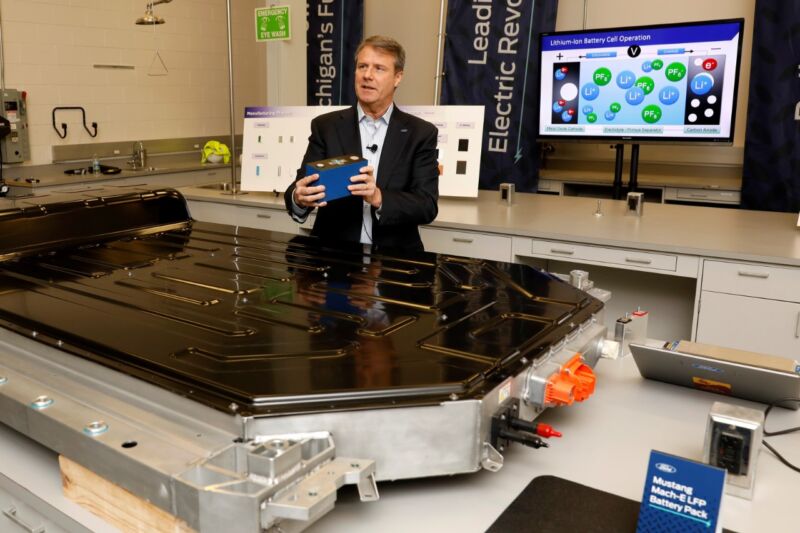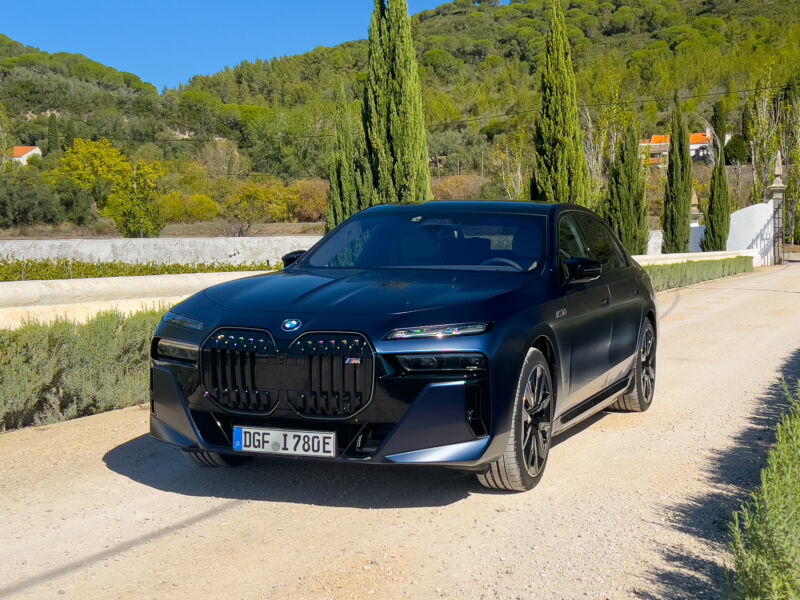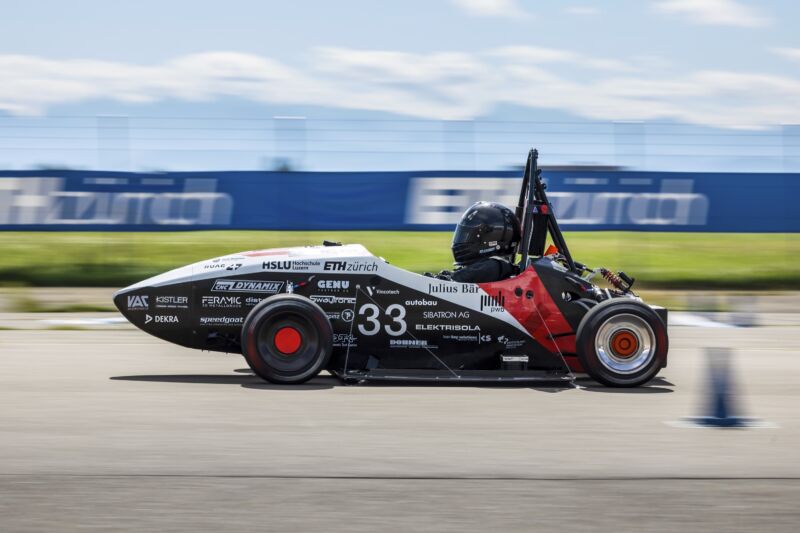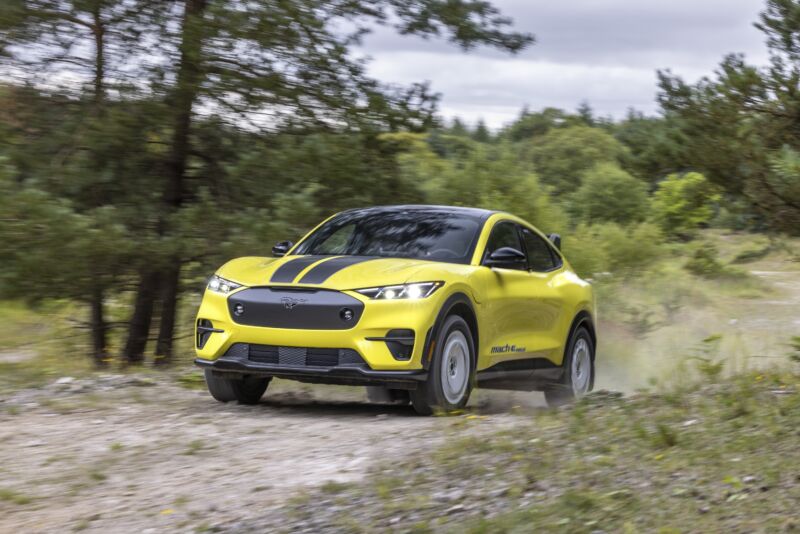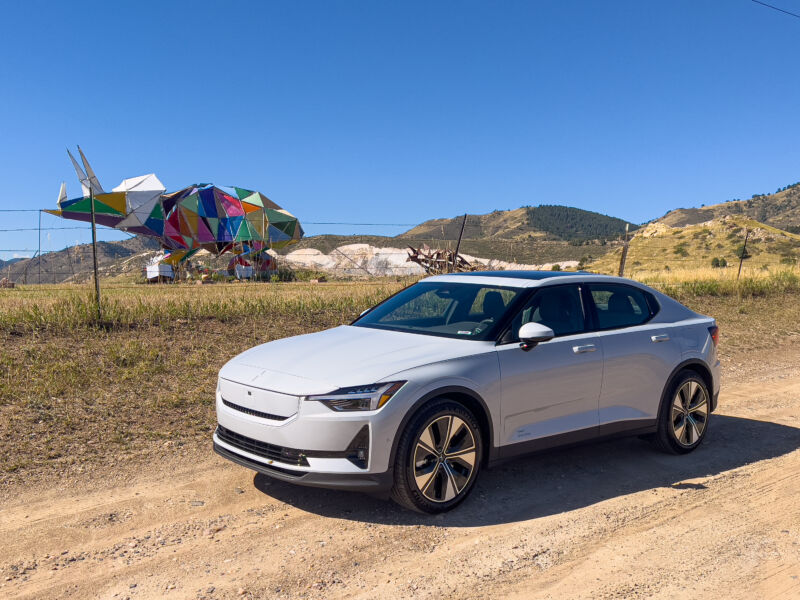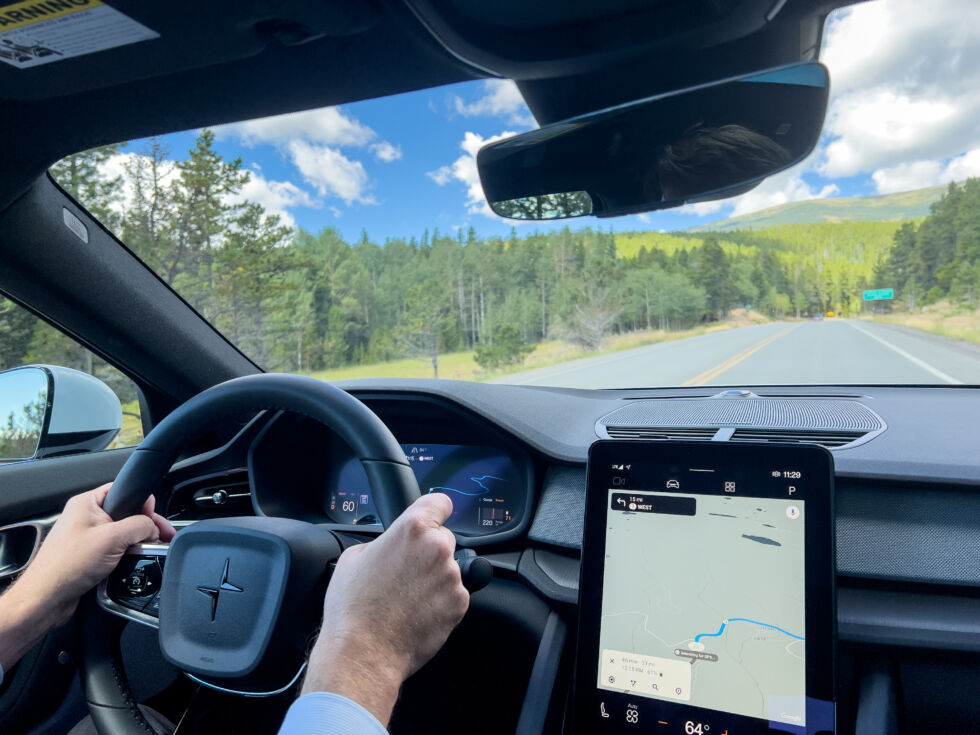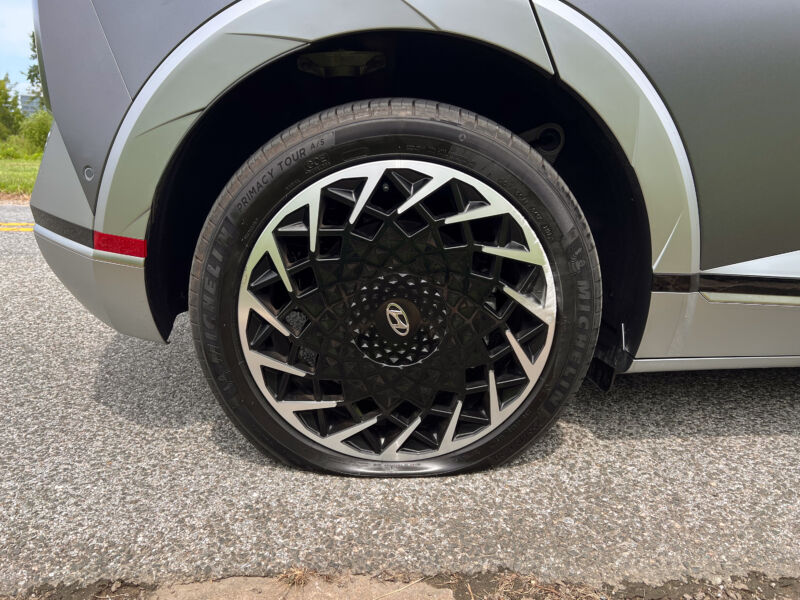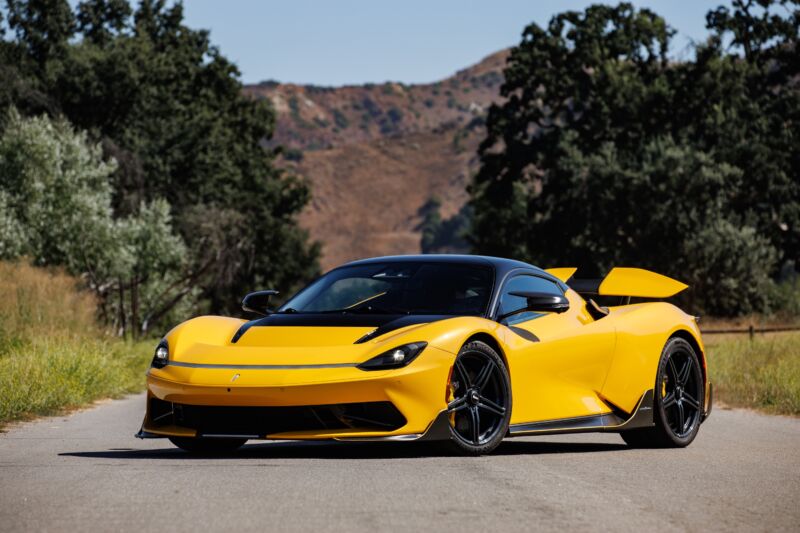-
 chevron_right
chevron_right
Think EVs are too expensive? Here are 11 for under $40K.
news.movim.eu / ArsTechnica · Monday, 3 June - 17:02 · 2 minutes

Enlarge (credit: Aurich Lawson | Getty Images)
New cars have gotten pretty expensive, and it feels like electric cars are especially pricey. The average sale price of a new car has dropped a couple of thousand dollars since it peaked in early 2023, but at more than $47,400 in April, sticker shock is understandable, particularly as interest rates have doubled over the course of the past two years. Based on reader feedback, that impression is particularly pronounced when it comes to new electric vehicles. But EV prices have actually been falling , and inventory is growing. So we put together a list of all the new EVs on sale today for less than the average transaction price of a new car. You can buy 17 different EVs for less than the average price of a new car, and 11 are available for less than $40,000.
Nissan Leaf

The Leaf is the cheapest new EV on sale today. (credit: Jonathan Gitlin)
First on the list is the Nissan Leaf, which starts at just $28,140 for the version with a 40 kWh battery pack. Nissan was an early EV pioneer, and the current Leaf is the second generation to wear the name. But it hasn't always been on the cutting edge, and some of the Leaf's specs that felt a little outdated in 2017 may feel more so in 2024. The Leaf is eligible for a $3,750 IRS clean vehicle tax credit.
Mini SE
With new tariffs on Chinese-made EVs, no one is entirely sure when the next electric Mini Cooper will go on sale in the US. But right now, you can buy the current Mini Cooper SE for a starting price of $30,900. Although the suspension can feel stiffer than a supercar's, if you live in a city and don't need mega-miles of range, the Mini fits the bill quite effectively and is much more of a hoot to drive (and much cheaper) than the John Cooper Works GP mini .

